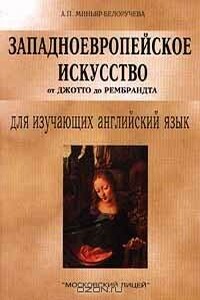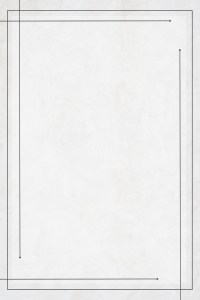Западноевропейское искусство от Джотто до Рембрандта. Для изучающих английский язык | страница 24
In 1505 Michelangelo was called by the warrior pope Julius II to design a tomb for him. This project with more than forty over-life statues in marble and bronze relief would require a lifetime. After several successive reductions the tomb was brought to completion only in 1545. Three statues remain from the 1505 version.
The world-famous statue of Moses was intended for a corner position on the second story of the monument so that it could be seen from below. Like all of Michelangelo's works, the Moses, is symbolic and timeless. Moses is conceived as an activist prophet, a counterpart to Saint Paul. The bulk of the figure is almost crushing. Moses' head with its two-tailed beard, is one of the artist's most formidable creations; the locks of the beard are lightly drawn aside by the fingers of his right hand. The drapery masses enhance the compactness of the figure.
The two Slaves for the 1505 and 1513 versions of the tomb were planned to flank niches around the lower story, in which were to stand Victories. The figure called the Dying Slave is actually not dying but turning languidly as if in sleep; one hand is placed upon his head, the other pulls unconsciously at the narrow bond of cloth across his massive chest. The strikingly different companion figure, the Rebellious Slave, exerts all his gigantic strength in vain against the slender bond that ties his arms. The new figure type created by Michelangelo in the David, and set in action here for the first time, established a standard that influenced a great number of artists. Throughout the late Renaissance and the Baroque, Michelangelesque heavy muscled figure was almost universally imitated.
In 1508 Michelangelo was given a commission to fresco the ceiling of the Sistine Chapel. The upper walls had been frescoed in the 1480s by Botticelli, Ghirlandaio, Perugino and SignorellI. Julius II asked Michelangelo to paint the ceiling, a flattened barrel vault more than 130 feet long. It was the most ambitious undertaking of the entire Renaissance.
The painting represented the drama of the Creation and Fall of Man and consisted of nine scenes, beginning with the Separation of Light from Darkness and ending with the Drunkenness of Noah. In the vault compartments above the windows and in the lunettes around the windows are represented the forty generations of the ancestry of Christ, and in the spandrels at the corners of the Chapel are pictured




